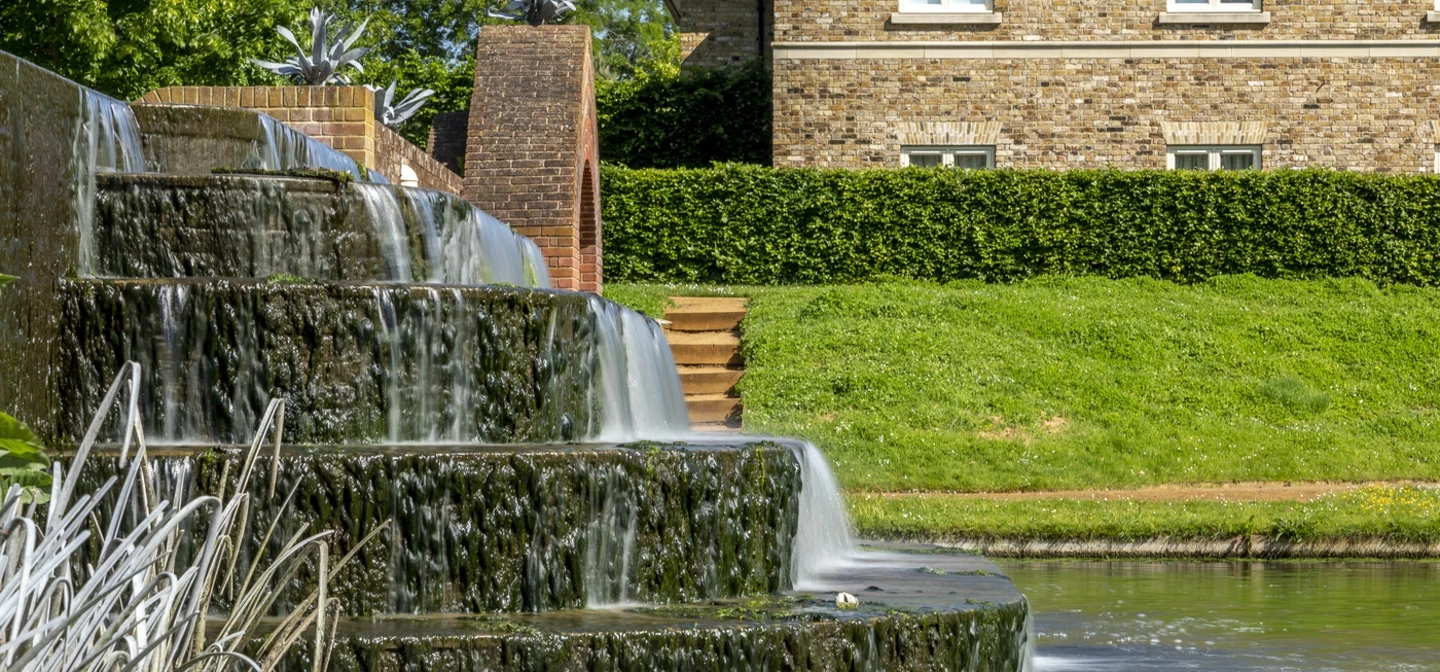
History of Bushy Park
Key information
Opening times (pedestrian gate)
Pedestrian gates 24/7, vehicle gates 6:30am - 8pm
Food & drink available
Bronze age burials, royal hunts and Chestnut Sunday.
The Bronze Age origins of Bushy Park
The flat, open space of Bushy Park has been settled for at least 4,000 years. A Bronze Age barrow was excavated in the north-east of the park near Sandy Lane and many of the finds, including a bronze age dagger, are now in the British Museum. People have farmed on this land since medieval times.
Bushy Park and the Tudors – Henry VIII’s happy hunting ground
In the early 1500s, Hampton Court Palace was built as the prestigious home of Cardinal Thomas Wolsey. Wolsey was the most senior statesman in England at that time – and he gave the order to enclose hundreds of acres of ploughed farmland. Bushy Park, Middle Park and Hare Warren now belonged to him.
However, Wolsey fell from grace in the 1520s, and King Henry VIII was only too pleased to acquire Hampton Court, with its beautiful parklands and hunting opportunities. Wild herds of red and fallow deer still roam the park today. King James I enclosed still more of today’s parkland and parts of the Elizabethan walls are still standing behind the Upper Lodge in the north-west of the park.
Bushy Park remained that way for decades, but its landscape was to change dramatically in 1638.
Bushy Park and the Stuarts
In 1638, King Charles I – a fan of water features – decided to create an impressive, artificial canal of 12 miles to divert water to Hampton Court Palace. This canal, now known as the Longford River, was built by hand at a cost of £4,000 – a huge amount of money at the time.
King Charles also commissioned the Diana Fountain sometimes described as Arethusa, designed by Inigo Jones as a gift to Charles’s wife. The gleaming golden statue of a Greek nymph once graced Somerset House but was moved to Bushy Park in 1713. It is now Grade I listed.
The origins of Chestnut Avenue
Bushy Park's magnificent mile-long Chestnut Avenue was conceived and designed by Sir Christopher Wren as a formal approach to the Palace during the joint reign of King William III and Queen Mary II.
Much later, during the 1800s, the Bushy Park tradition known as ‘Chestnut Sunday’ began. Every May, when the horse chestnut trees were in blossom, large crowds would gather to picnic and people watch. We hope to bring Chestnut Sunday back to the park soon.
Bushy Park during the World Wars
A totem pole now standing in the Waterhouse Woodland Gardens is a clue to Bushy’s links with the First World War. A large number of Canadian troops were stationed at Bushy Park, and the grand Upper Lodge building was converted into the King’s Canadian Hospital. Queen Mary visited, and local Bushy residents put on shows to entertain the troops. The totem pole was sculpted in 1992 by a Norman Tait, a Canadian sculptor from the Nisga’a tribe.
In the Second World War, 3,000 men of the Supreme Headquarters Allied Expeditionary Forces (SHAEF) were based by Chestnut Avenue. It was here that D-Day – the liberation of Europe – was initially planned. Today, east of Teddington Gate, you’ll find a USAAF Memorial Plaque commemorating these historic events.